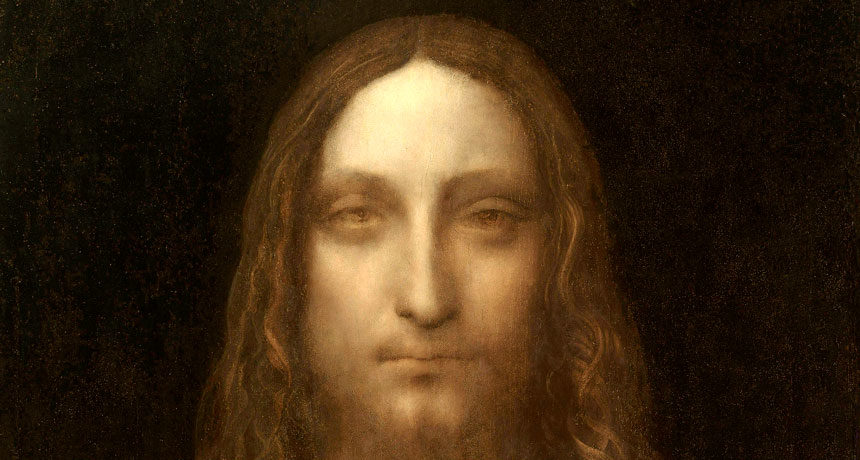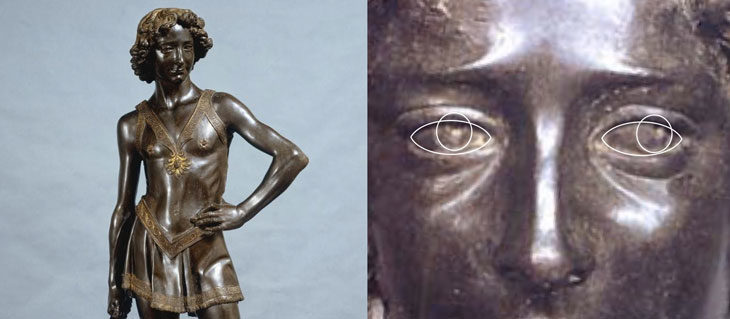
Visual neuroscientist Christopher Tyler of the City University of London examined six pieces of art, including Salvator Mundi and Vitruvian Man. Five of the pieces depict an eye misalignment consistent with a disorder called exotropia that can interfere with three-dimensional vision, Tyler reports online October 18 in JAMA Ophthalmology.

Tyler calculated the differences in eye alignment using the same sorts of measurements that an optometrist does when tailoring a pair of glasses. Most of the portraits showed the eyes misaligned, but Vitruvian Man by da Vinci himself did not. As a result, da Vinci may have had intermittent exotropia, present only some of the time and perhaps controllable, Tyler suspects. "The person [with intermittent exotropia] can align their eyes and see in 3-D, but if they're inattentive or tired, the eye may droop," he says.
If da Vinci could control his exotropia, Tyler speculates that it would have been an artistic advantage. "The artist's job is to paint on a 2-D surface," he says. "This can be difficult when you view the world three-dimensionally." Both eyes need to focus on the same subject for 3-D vision. Many artists shut one eye when viewing their subjects to more easily translate details into two dimensions. But with intermittent exotropia, da Vinci could have switched from 3-D to 2-D and back again with ease.



Reader Comments
to our Newsletter